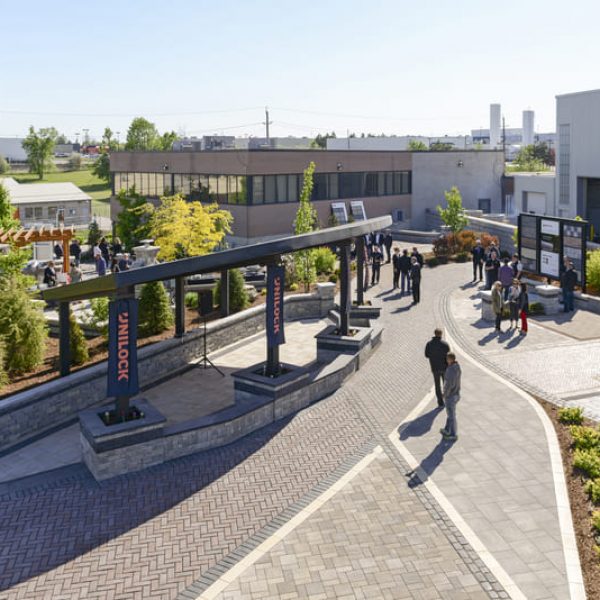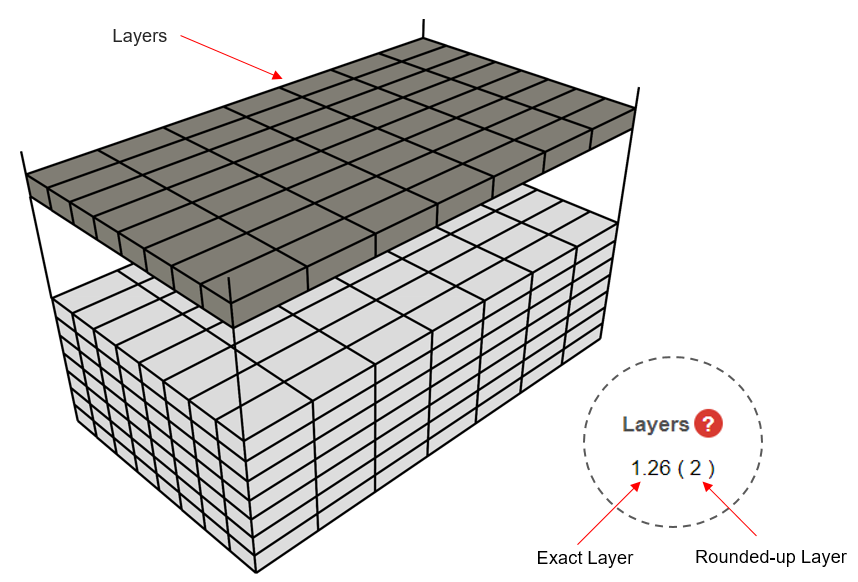
Do you want to renovate your Spring Lake Heights, NJ, backyard and give your landscape a facelift? If so, you’ll need to call in a professional to ensure that your vision is perfectly executed and sustainable in the long run. This may leave you wondering: What is the difference between a landscape architect and a landscape designer—and which one should you hire?
The main difference between the two professionals lies in the scale on which they operate. While landscape architects can be involved in a range of projects for both independent clients and large corporations or the government, landscape designers typically work with private residents on smaller projects. Read on for more information about landscape architects and landscape designers before you hire a professional to transform your Spring Lake Heights, NJ, backyard.
Landscape Designers
A landscape designer’s main goal is to create an aesthetically pleasing landscape for a private homeowner to enjoy year-round.
Some landscape designers hold the same qualifications as the typical landscape architect. However, they are not licensed by the state. There are various avenues through which a landscape designer may acquire their training, including universities, colleges, and online courses. They may work as part of a landscaping company or be self-employed. Earning certification from the Association of Professional Landscape Designers improves a professional’s credibility.
Related Read: How to Find the Best Local Landscapers Near Me?
Most landscape designers work primarily with plantings. In drought-prone regions, however, landscape designers may opt to work more with hardscapes to create sustainable projects. Large-scale hardscape endeavors like the construction of retaining walls and installation of electric-powered landscape lights requires the expertise of a landscape contractor and cannot be handled by an unlicensed landscape designer.
You may be wondering what to expect from your landscape designer. First, the designer will need to inspect the landscape and determine your budget, your vision, and your desired level of maintenance. Your landscape designer will then draw up a plan and compile a list of recommended plants. The designer may even visit nurseries with you and help you source suitable materials in a hands-on way. From there, a landscape designer can recommend reliable contractors for the completion of any hardscape features.
Landscape Architects
Landscape architects require the minimum qualification of a bachelor’s degree in landscape architecture and a license issued by the state. Having to achieve state licensure ensures that all landscape architects are aware of the laws and regulations related to construction, drainage, and energy usage in public spaces.
Landscape architects must be clued in to these regulations as they tend to plan public outdoor spaces like parks and campuses more often than they work with private clients. Landscape architects also plan the restoration of natural spaces, like wetlands and mines, that have been disturbed by human intervention. A reputable landscape architect must have experience with challenging issues such as sloped landscapes, irrigation, and drainage, the positioning of service lines and the design of outdoor structures and retaining walls.
Landscape architects have more expertise working with both the natural landscape and hardscape compared to landscape designers. They are, in fact, continually tasked with bringing these two realms together in a functional and harmonious way. Landscape architects should also be educated on historic and cultural trends in landscaping in order to preserve and restore historic sites.
The title image features a commercial hardscape utilizing Copthorne pavers.








